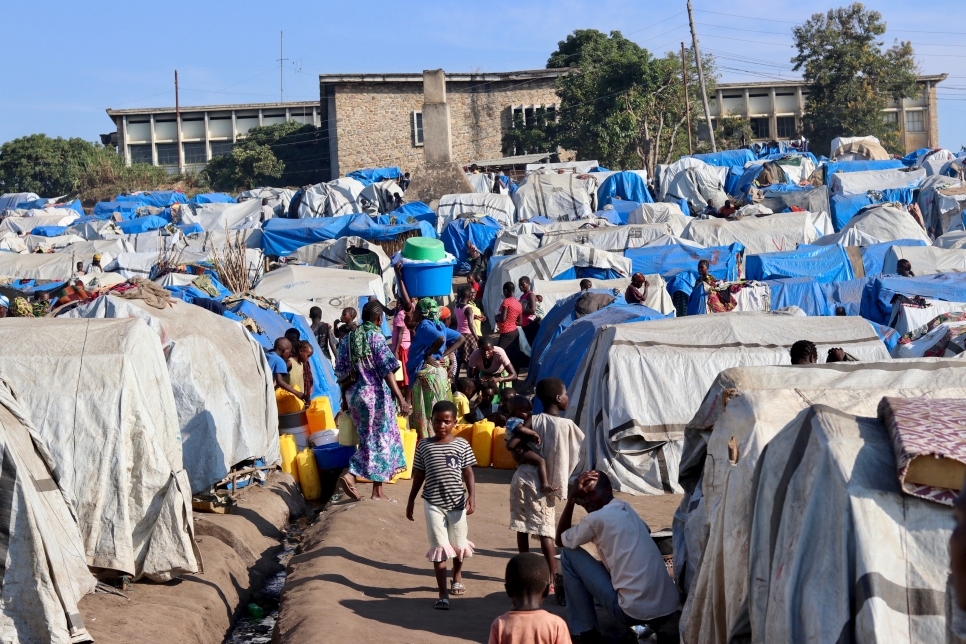Displacement in sub-Saharan Africa reached a new high in 2017

According to UNHCR the number of people in sub-Saharan Africa who were forcibly displaced reached a new high in 2017, with an increase from 14.1 million in 2016 to 18.4 million. This is the largest regional increase of forcibly displaced people in the world.
Since 2012, the level of forcibly displaced people has increased dramatically, reaching its highest level since World War Two. Much of this increase has been driven by conflict in the Middle East, notably Syria, Iraq and Yemen. However, in 2017 this trend changes and the vast majority of growth is in sub-Saharan Africa.
Since 2015, the number of displaced people has increased by 42% and most of this occurred in 2017. In comparison, between 2015 and 2017 the number of displaced people living in the Middle East/North Africa region fell by 8%.
The Middle East/North Africa region still has the highest proportion of displaced people with 35% of the world’s total, a decrease of 6% since 2015. However, the gap between the Middle East/North Africa region and sub-Saharan Africa is closing; with 30% of forcibly displaced people lived in sub-Saharan Africa in 2017 compared to 23% in 2015.
The Democratic Republic of Congo (DRC) has the highest number of internally displaced people within sub-Saharan Africa, this is largely due to numerous conflicts within the country. In 2017, the number of internally displaced people in DRC reached 4.4 million, almost double the figure from 2016.
Similarly, border disputes in Ethiopia between different ethnic groups have driven more than 1 million people to leave their homes in 2017.
The number of refugees, people who have been forced to leave their home country due to conflict or persecution, has not grown as rapidly in sub-Saharan Africa. In 2017 the number of refugees in the region reached 5.4 million, an increase of 16% since 2016.
Of these 5.4 million sub-Saharan refugees nearly 1.4 million lived in Uganda in 2017, the majority of which have fled South Sudan. 900,000 refugees lived in Ethiopia in 2017, with almost half of these also fleeing South Sudan and the rest from Somalia and Eritrea. The DRC was home to half a million refugees in 2017 from neighbouring countries including Rwanda, Central African Republic and South Sudan.
In comparison, sub-Saharan Africa hosted a low number of asylum seekers, people who have fled their home country and have asked for protection. In 2017, approximately 500,000 asylum seekers were living across the region. The majority of these had left other sub-Saharan countries.
When combining the numbers of internally displaced, refugees and asylum seekers 79% of them came from just five sub-Saharan African nations: DRC, South Sudan, Somalia, Nigeria and Central African Republic.
In total, displaced people represent 1.8% of sub-Saharan Africa’s population, the highest figure since records began in 1993.
The AIDF Africa Summit will return to Nairobi in February 2019.
If you’d like to stay informed on the latest updates in aid and development, please sign up for the AIDF newsletter.
Image credit: UNHCR













